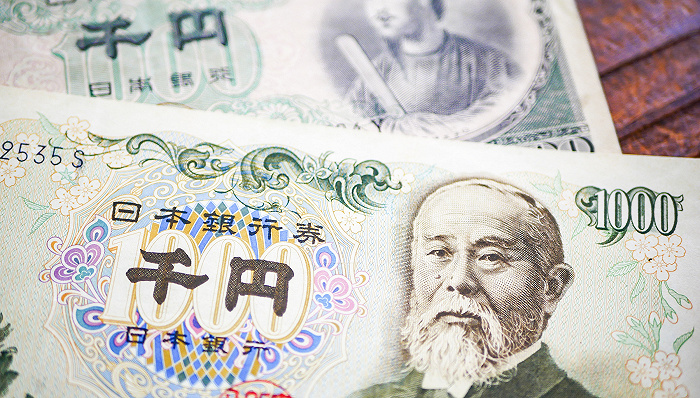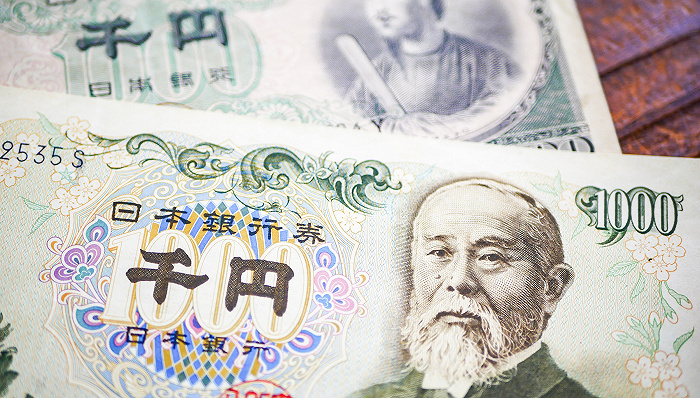The Bank of Japan has no hope of implementing an eight year interest rate hike strategy as early as next week.
The latest signal comes from the spring salary talks between Japanese companies and unions, also known as the “spring battle” in shopping malls. On March 12th, Japan’s Shiji News Agency revealed that if the first batch of wage increases announced by the Japan Federation of Trade Unions (Rengo) on Friday (15th) exceed last year’s actual wage increase of 3.8%, the Bank of Japan will further strengthen its belief in raising interest rates this month.
Rengo is the largest labor union structure in the country, and its announced spring salary increase has a guiding significance for Japan’s annual artificial increase. According to data released by Rengo last week, unions in industries such as automobiles, electronics, metals, heavy machinery, and utilities in Japan have proposed an average salary increase of 5.9% this year, significantly higher than last year’s average salary increase of 4.5%, marking the largest increase in 30 years.
Analysts point out that the artificial growth rate of “Spring Dou” will largely affect the continuity of Japan’s re inflation in 2024. In 2023, Japan’s GDP growth rate increased with the support of a low base, but due to the reality of not arranging expenditure growth, the actual consumption growth rate of residents fell from 2.1% in the previous year to 0.7%, which is also lower than the actual GDP growth rate of 1.9% in the same period. If the artificial growth rate is high in 2024, there is no hope that the actual arrangement of expenditure growth rate will turn positive, and there is no hope that the decline in resident consumption momentum will strengthen inflation, especially the continuity of inflation in public institutions.
The Bank of Japan has also repeatedly exaggerated that a decrease in artificial growth rate is an important prerequisite for Japan’s inflation to continue to return to 2%. Last year, Bank of Japan Governor Kazuo Ueda stated that artificial growth rates must continue to exceed 2%, and inflation capacity must continue to reach its target. In January of this year, Kazuo Uchida exaggerated at a press conference the need to focus on the results of the March “Spring Battle” talks. He stated that if it is confirmed that human intervention and inflation are achieving a virtuous cycle, he will consider shifting his strategy to include tightening interest rates.
Japan’s interest rate strategy began in February 2016, when the Bank of Japan lowered the interest rate on trade bank excess reserve loans from the previous 0.1% to -0.1%. It should be pointed out that the interest rate is only applicable to the Bank of Japan’s mobile account, not to personal loan accounts.
According to Japanese media reports, major companies in industries such as manufacturing, catering, and other services, as well as retail, have basically reached preliminary agreements with trade unions, and almost all of them can meet the demands of trade unions.

For example, the Daily News reported on Wednesday that Toyota will reject the union’s proposed increase in wages and bonuses for the fourth consecutive year, with monthly employee salaries falling between 7940 yen (approximately 390 yuan) and 28440 yen. Toyota, the world’s largest automotive company, has 5.5 million employees in Japan. Nissan is willing to increase its average salary by 18000 yen, marking the largest increase since the company implemented its current manual labor system in 2005.
In the catering industry, Quanshan Holdings, the operator of chain restaurants such as Shiqijia Beef Rice, will increase the average number of formal employees by 12.2%; The Yoshino family group will receive an average salary increase of 8.9%; Trick Food Service Co., Ltd. will receive an average salary increase of 8%. In the retail industry, Kinsaka Department Store is willing to increase its salary by 20000 yen, a growth rate of about 6.1%.
Due to the decline in the value of the yen and other reasons, the number of domestic tourists visiting Japan after the COVID-19 epidemic ended quickly, which strongly supported the catering and retail industry to complain about wage increases. According to data released by the Japan Travel Agency, the number of international tourists visiting Japan reached 25.066 million in 2023, breaking through 20 million again after three years.
According to four journalists close to the Bank of Japan, cited by Japan’s Shiji Shimbun News Agency, the internal support for the March interest rate hike within the Bank of Japan is increasing, and even considering banning the Yield Curve Mastery (YCC) strategy. YCC is also an unconventional currency strategy launched by the Bank of Japan in 2016, which aims to comfort the economic growth and reduce inflation by setting the purpose of specific treasury bond yield, especially by keeping the yield pillar of 10-year treasury bond close to zero.
Takafumi Yamawaki, head of Japan interest rate research at JPMorgan Securities, believes that Bank of Japan officials have made a basic decision and will raise the strategic interest rate by 20 basis points to 0.1% at the earliest at the March interest rate meeting. Takahide Kiuchi, an economist at the Nomura Decomposing Research Institute, also stated that March is the best opportunity for integrating strategies based on the current prospects of price and artificial decline.
However, some central bank officials still hold a conservative attitude, thinking that the preliminary results of the salary talks are not enough to reflect the overall salary trend, and are helpless to confirm that the inflation goal is within reach. They need to see more comprehensive data capabilities to make further decisions.
Asahi Shimbun revealed that at least three members of the Dove faction have recently publicly expressed their conservative attitude. They believed that the preliminary results of the artificial talks were not enough to reflect the overall salary trend, and they would have to wait until the beginning of the new fiscal year in April to see more comprehensive economic data, including quarterly inspection reports from enterprises and reports from regional branch managers of the central bank on the future prospects of human beings worldwide.
